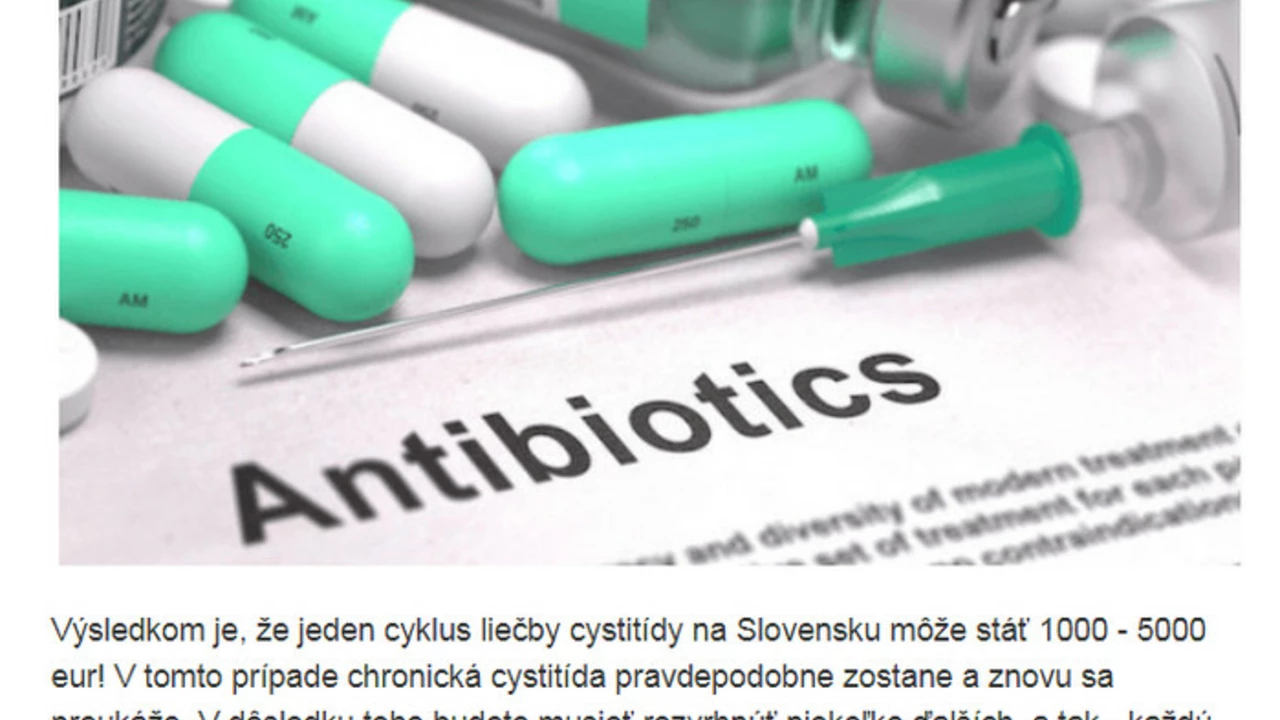Drug development made simple: how medicines go from lab to your hands
Think drug development is mysterious and slow? It is complex, but you don’t need a PhD to understand the basics or to spot reliable news. This tag collects practical guides, plain-language explainers, and real-world updates about how drugs are discovered, tested, approved, and sometimes recalled. Read these posts to know what matters for safety, timing, and cost.
How a new drug moves from idea to market
Stage 1 — discovery: researchers find a target (a protein, enzyme, or pathway) and test molecules that might affect it. Many candidates fail here; only a few move forward. Stage 2 — preclinical: lab and animal tests look for safety signals and how the drug behaves in the body. Stage 3 — clinical trials: human testing happens in phases. Phase 1 checks safety in a small group. Phase 2 tests effectiveness and dosing. Phase 3 compares the drug to standard treatment in larger groups. If results are convincing, the company applies to regulators (FDA, EMA, etc.). Review can take months to years. Stage 4 — post‑marketing: long-term safety and rare side effects get tracked once many people use the drug.
Timelines vary: a typical new drug can take 8–12 years and big money to reach patients. Repurposed drugs or generics move faster because some safety data already exists.
How to read drug development news and avoid bad info
When you see headlines about a new drug, ask three quick questions: 1) What phase is the research in? Early‑phase results are promising but not definitive. 2) Who funded or ran the study? Industry funding doesn’t always mean bias, but transparency matters. 3) Are results clinical or lab-based? Lab success often doesn’t translate to real patients.
Look for specific signs of solid reporting: clear patient numbers, meaningful endpoints (survival, symptom relief), peer-reviewed publication, and trial registry IDs (like ClinicalTrials.gov). Avoid stories that hype tiny lab studies as breakthrough cures.
This tag also covers practical issues that touch drug development: patent fights that affect generic entry, safety recalls, environmental impacts of drug use in agriculture, and how pharmacies source medicines. Those topics matter because they shape access, price, and long‑term safety.
Want to use these posts well? Use them to learn the stage a drug is in, to prepare questions for your doctor, and to check whether a new treatment is plausible or just early hype. If you’re thinking about buying meds online, read articles here that explain how to verify pharmacies and avoid counterfeit or unsafe supplies.
Questions about a specific drug or trial you saw here? Drop them in the comments or search the tag for in‑depth posts on trials, safety, and regulation. This page is about giving practical context so you can make smarter health choices, not about replacing your clinician’s advice.

